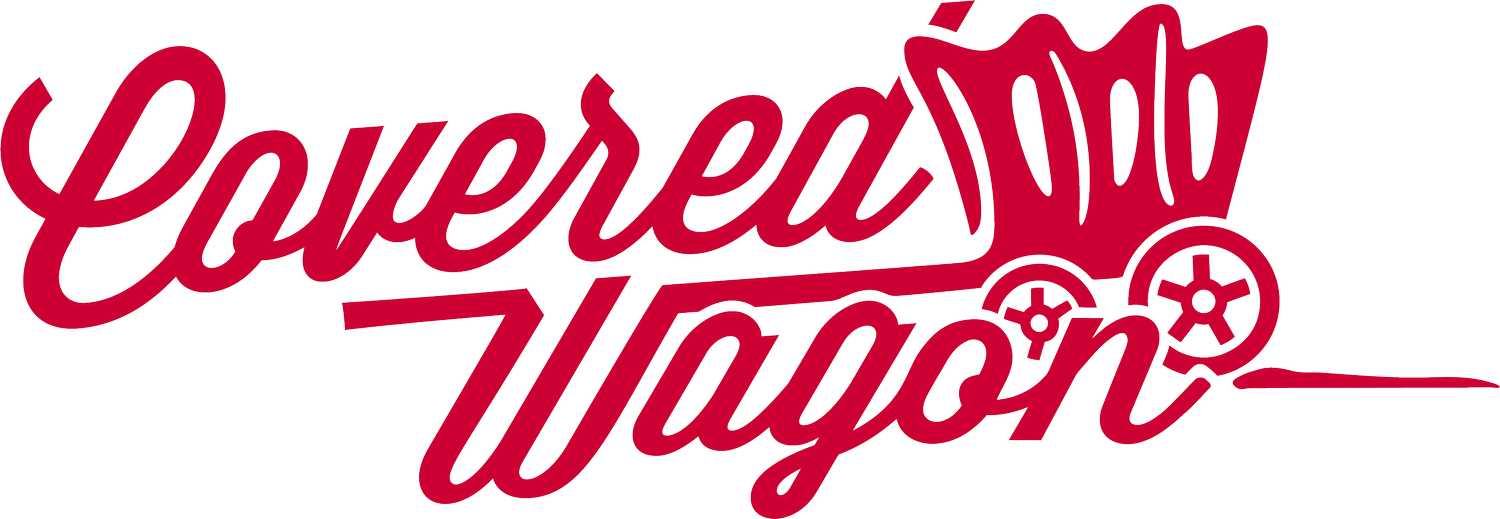Captivate Your Audience With a Strong Brand Message
Your customers are listening. Speak to them.
Think about your favorite packaged beverage, and the commercials and advertisements that go with it.
What are those ads like? Are they in your face, with shouting and bright colors? Or do they take a more laid-back approach? When you see their commercials, what do you feel?
How is a Smirnoff commercial different than one for Mountain Dew?
The answers to these questions tell you a lot about a brand, and the approach they take to get your attention is connected to a brand’s voice. Having a clear brand voice is an important piece of your overall branding strategy.
Use Your Brand’s Voice to Cut Through the Noise
In order to nail your brand’s voice, you need to think about what will get your audience’s attention. There’s a lot of noise out there, and you want your brand’s voice to be engaging enough to cut through it.
That means thinking about the tone and kinds of messages that hit home for your target audience. That means working to really understand your target audience.
You should have on hand important demographical information about your brand’s target customer: how old are they most-likely to be, where are they most-likely to live, how are they most-likely to need or use your product. That way you can tailor your message and your voice to suit their personality.
Getting your voice heard doesn’t necessarily mean being the loudest. All the shouting in the world is useless if your message is terrible. Your brand’s voice is the balance of what you say with how you say it.
Find the Audience You Need
Even if you have the best product in its sector, unless your brand message reaches an audience, your product is going to fail. It’s a story as old as business itself.
It does no good to wallow in the failure of missing an audience. Instead, move your voice and your message to where the customer waits.
Consider the success that Old Spice has had in changing its voice for a new batch of customers. The brand used to be synonymous with the smell of everybody’s grandpa. Now, Old Spice is the way a man’s supposed to be smell. An active, modern man that everyone wants to be (or be with).
Think about venerable fast-food chain McDonald’s. Their voice used to focus on catching the attention of the Happy Meal-eater, and now, Micky D’s commercials use the voice of 75-year-old Shakespearian actor and Super Troopers star Brian Cox to sell coffee to those kids’ parents.
Both are examples of brands fixing their voices to better reach an available audience.
These successful shifts in brand voice can only come through a deep dive into what your product is, who you’re trying to attract, and how you can best reach out to them.
Put Tech to Work to Amplify Your Brand’s Voice
When social media and Web 2.0 became available to consumers and businesses, they were great spaces to explore brand voice and connect with potential customers. Everything felt new and fresh, stacked with opportunity.
That technology isn’t so new anymore, but the opportunity to use it to promote your brand’s voice still exists. In fact, making use of social media is more vital than ever because modern consumers expect brands to have a presence.
Luckily, there are tools that help you maximize the impact technology can have on your brand, if you know how to use them.
Search Engine Optimization (SEO) ensures that what you post online gets found. SEO can drive traffic to your website, which drives traffic to your bottom line. While SEO success might bring eyeballs to your site, it’s your brand’s voice telling a compelling story about using your company that will convert those website visitors into customers.
The right technology can also let you think critically about how your brand’s voice is landing. In fact, A/B testing of landing pages helps you directly compare which messages are having the biggest impact. Think of it as having different UPC codes on exactly the same products positioned at different sections of a store. You can tell right away which placement is having the most success with customers.
Another great tool, Facebook Audience Insights lets you understand your audience more deeply. Once you have a more complete picture of your audience, you’ll be able to tailor that message to match what they’re most-likely to want, or you can measure the engagement your current message and brand voice are generating. Through constant optimization, Facebook will allow you to find you most valuable customers. This can be powerful information, if you know how to put it into motion.
Does Your Brand Need a Vocal Coach?
Just like singers sometimes need coaches to help hone their voice, you might need someone to help you find your brand’s voice.
Luckily, the experts at Covered Wagon can help your business hit all the high notes.
Our team can thoroughly consider your business, sector, customers, and products to develop an approach that takes advantage of your brand’s voice. We can help create the kind of brand personality that will keep your products on your customers’ minds for years to come.
We know how to develop a brand voice that takes advantage of your company’s strengths, whether you’re a brick-and-mortar stalwart looking to increase visibility, an online-only upstart ready to change the world in your sector, or somewhere in between.
Let us put our experts to work in matching your brand with the perfect voice. To get the process started, click on over to our Get in Touch page.
